Technical White Papers
1.Title-Technical White Paper
Basengreen, your reliable power!
2.Executive Summary
This technical white paper offers a comprehensive examination of our lithium iron phosphate (LiFePO4) battery technology and its critical role in contemporary energy storage systems. It delves into the analysis of the present global energy storage environment and trends, showcasing how our products meet the demands of modern society for safe, efficient, and environmentally-friendly energy solutions.
3.LiFePO4 Technology
Lithium iron phosphate (LiFePO4) battery technology is a pivotal advancement in the field of energy storage systems. This technology is renowned for its robust safety features, long cycle life, and environmental friendliness, making it an ideal choice for a wide range of applications, from electric vehicles to renewable energy storage.
Key Features
Safety: LiFePO4 batteries are more stable and safer than other lithium-ion batteries due to their chemical structure. They are less prone to thermal runaway and do not explode or catch fire easily, which is a significant advantage in both consumer electronics and large-scale energy storage.
Longevity: These batteries offer a longer cycle life, often up to 4000-6000 cycles at 80% depth of discharge, which makes them more sustainable and cost-effective over time.
Efficiency: LiFePO4 batteries have a high charge and discharge efficiency, which is essential for applications requiring rapid charging and high output.
Environmental Impact: The materials used in LiFePO4 batteries are less harmful to the environment compared to other types of lithium batteries. They do not contain cobalt, a toxic element often involved in ethical controversies related to mining practices.
4.Applications
LiFePO4 batteries are extensively used in various modern energy storage applications:
Electric Vehicles (EVs): Due to their safety and longevity, these batteries are increasingly popular in electric vehicles. They help in reducing the vehicle’s carbon footprint and improve the reliability of EVs.
Renewable Energy Systems: In solar and wind energy systems, LiFePO4 batteries store excess energy generated during peak conditions. This stored energy can then be used during periods of low wind or solar output, enhancing the overall efficiency and reliability of renewable energy sources.
Backup Power: They are also used in UPS (Uninterruptible Power Supplies) and other backup power applications where reliability and quick response are critical.
Portable Electronics: Although less common in smaller consumer electronics due to cost considerations, their safety features and long life make them suitable for high-end, portable electronic devices.
5.How does storage reduce energy costs?
Supports the integration of more wind and solar generation:
Wind and solar are the cheapest sources of electricity. Energy storage supports the integration of higher and higher
shares of renewables, enabling the expansion and incorporation of the most cost-effective sources of electricity generation.
Reduces energy waste:
Energy storage can help eliminate energy waste and maximize
the benefits of renewable energy. Energy storage is the only grid technology that can
both store and discharge energy. By storing energy when there is an excess supply of renewable energy compared to demand, energy storage can reduce the need to curtail generation facilities and use that energy later when it is needed.
Improves grid efficiency:
Energy storage is instantly dispatchable to function both as
generation and load, so it can help the grid adjust to fluctuations in demand and supply,
which optimizes grid efficiency, alleviates transmission congestion, and increases grid
flexibility. This reduces overall system costs.
Limits costly energy imports and increases energy security:
Energy storage improves energy security and maximizes the use of affordable electricity produced in the country.
Prevents and minimizes power outages:
Energy storage can help prevent or reduce the risk of blackouts or brownouts by increasing peak power supply and by serving as
backup power for homes, businesses, and communities. Disruptions to power supply can be extremely costly and hazardous to health and safety. Energy storage makes the grid more resilient and reliable.
6.Energy Storage Trend
2024-Renewable Energy pivotal moment

2024 marks a pivotal moment in the global energy transition as renewable energy surges to unprecedented heights.Yet, despite the remarkable progress, the pace of change remains insufficient to meet the ambitious goal of tripling renewable energy capacity by 2030 – a critical milestone for keeping global temperature rise below 1.5°C.
Spectacular decline in power costs

The spectacular decline in power costs of the record 473 gigawatts (GW) added in 2023, 81% or 382 GW of newly commissioned, utility-scale renewable projects had lower costs than their fossil fuel-fired alternatives.
This offers countries a compelling business and investment case to triple renewables by 2030. Renewable power generation has become the default source of least-cost new power generation.
Storage project costs dropped

Tripling renewable power capacity by 2030 will require power systems to accommodate much higher shares of variable renewable energy. This requires modernised, expanded grids and energy storage infrastructure.
Storage project costs have dropped by 89% between 2010 and 2023, facilitating the integration of high shares of solar and wind capacity by helping address grid infrastructure challenges.
Battery storage deployment by application

Since 2021, lithium iron phosphate (LFP) has been the dominant battery chemistry in the stationary energy storage market and it is expected to remain on top through to 2030. The share, in GWh terms, of LFP in annual battery storage capacity additions jumped from 33% in 2020 to 84% in 2023 (BNEF, 2024a).
This market growth was driven by low costs, a higher cycle life and improved safety compared to nickel-based lithium-ion batteries, as well as by the large manufacturing capacity of battery factories in China. LFP cells reached their lowest price year by year.
Turnkey battery storage system prices by market and duration, 2021-2023

It shows The fluctuation in prices between 2021 and 2023 caused by supply chain disruptions and volatility of raw material costs. After increasing in 2022, average battery costs declined during 2023 in all
three markets and globally. China has the most competitive market, with prices below the global average.
In 2023, electricity storage in China saw a cost decrease ranging from 36% (for a 4-hour system) to 29% (for a 2-hour system). Lower prices in China are mainly due to the well-established supply chain and the large manufacturing capacity, which creates strong domestic market competition. Europe had the lowest cost decrease between 2022 and 2023, ranging from 16% (for a 1-hour system) to 4% (for a 4-hour system).
Prices were, however, less expensive than in the United States for all storage systems. Indeed, during 2023, the United States and Europe had battery prices above the global average for all systems, while in 2021 costs were close to the average. In 2023, the United States had the highest cost ratio compared to global
prices, at 1.61 for a 1-hour battery system. The main reason for the price discrepancy between regions is the dependence on imported batteries in the United States and Europe. Domestic manufacturing in these two places is more expensive, while markets are less competitive than in China
Energy access gap deepened

Renewable electricity use in global consumption has grown from 26.3% in 2019 to 28.2% in 2020, the largest single-year increase since the start of tracking progress for the SDGs.
Yet, despite successes in renewable energy deployment globally in 2023, the world is not on track to achieve the Sustainable Development Goal (SDG) 7 for energy by 2030. 675 million people still remain without electricity, and 2.3 billion people rely on harmful cooking fuels on everyday basis.
7.BasenGreen Solution
8.FAQ of ESS
Energy storage fundamentally improves the way we generate, deliver, and consume electricity. Battery
energy storage systems can perform, among others, the following functions:
1. Provide the flexibility needed to increase the level of variable solar and wind energy that can be
accommodated on the grid.
2. Help provide backup power during emergencies like blackouts from storms, equipment
failures, or accidents.
3. Lower costs by storing energy when the price of electricity is low and discharging that energy
back onto the grid during peak demand.
4. Balance power supply and demand instantaneously, which makes the electrical grid more
reliable, resilient, efficient, and cleaner than ever before.
Modules are typically connected in series to achieve system voltage (e.g., four 3.2V Cells in series = 12.8V Module, four 12.8V modules in series = 51.2V). Parallel connections may increase capacity. Built-in BMS ensures balanced configurations.
Battery fire: the drop in performance of the battery cell, overcharging and over-discharging of the battery, insulation failure and other reasons are suitable to cause internal short-circuit of the battery cell, which may lead to a fire.
LiFePO₄ has lower risk vs. NMC/LCO due to:
1. Thermal runaway threshold >200°C (vs. ~150°C for NMC)
2. No oxygen release during decomposition
3. UL 1973/IP67 compliance reduces risk to <0.001% failure rate.
BASENGREEN LiFePO4 Battery products passed IEC 62619 safety certification in 2024, meet core international standards for safety and reliability IEC 62619 Designs test scenarios for the full life cycle risks of energy storage systems, covering:
Cell/module level: overcharge (110% SOC), forced discharge (-1C), high-temperature storage (85°C/24h)
System level: vibration (5-200Hz/3 axes), shock (50g/6ms), crush (13kN until failure)
Environmental adaptability: Thermal runaway propagation test (whether cascade reaction is triggered by single cell triggering)
Mitigated by:
Emergency disconnect (visible external switch)
Arc-fault detection (NEC 2023 compliance)
Marked shutdown procedures (NFPA 855 labels).
Minimal when:
Installed ≥3ft from property lines (IFC 2021)
Equipped with ground fault protection
UL 9540A fire containment certification.
Ensure ventilation and dryness
LiFePO₄ cells are hermetically sealed.
No liquid electrolyte leakage.
Heavy metals <0.1% (RoHS compliant).
EMI levels ≤30 dBμV/m (FCC Part 15 Class B), lower than Wi-Fi routers.
Shielding in inverters prevents interference.
Wall-mounted 15kWh Module (size: 500*255*770mm).
No external lighting(except customized)
Matte black/white enclosures (reflectivity <20%).
We only take high quality LiFePO4 Cell from well-known brands(EVE/CATL/CALB/REPT/etc), which leads to a stable & good performance
Cycle life: 6,000-10,000 cycles @80% DoD (~15 years daily use)
Calendar life: 12-15 years (capacity ≥70%).
EU Battery Directive: ≥50% recycling efficiency
U.S.: R2/RIOS-certified recyclers extract >95% Li/Fe/P.
BMS tracks: Cell voltage (±0.5%), temp (±1°C), impedance
User access: Mobile app/PC software/WiFi
|
Parameter |
Residential Specs |
|
Voltage Range |
12.8V–51.2V (±2%) |
|
Capacity |
5–30 kWh (modular) |
|
Temp Range |
Charge: 0–45°C; Discharge: -20–60°C |
|
Peak Power |
5–10kW continuous |

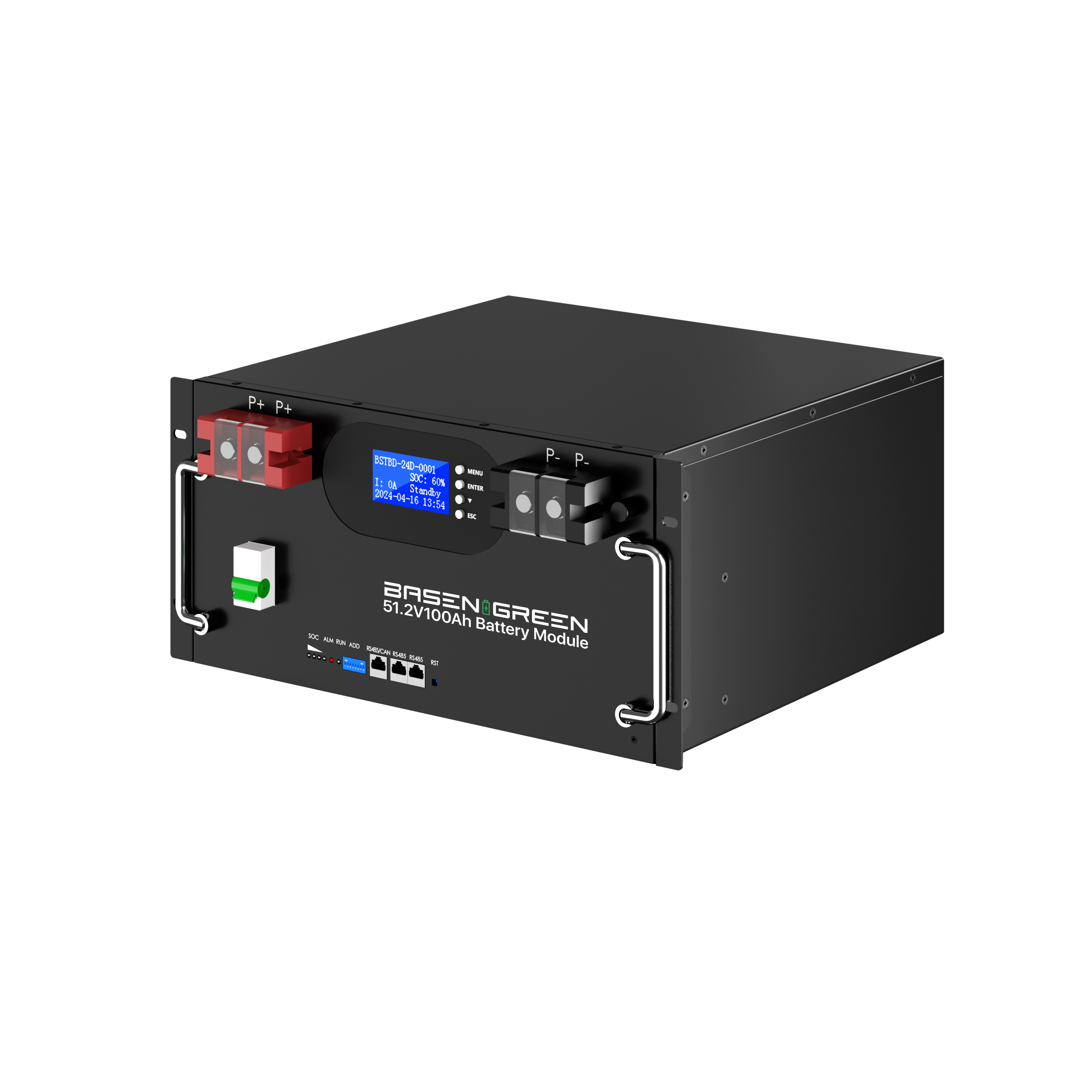
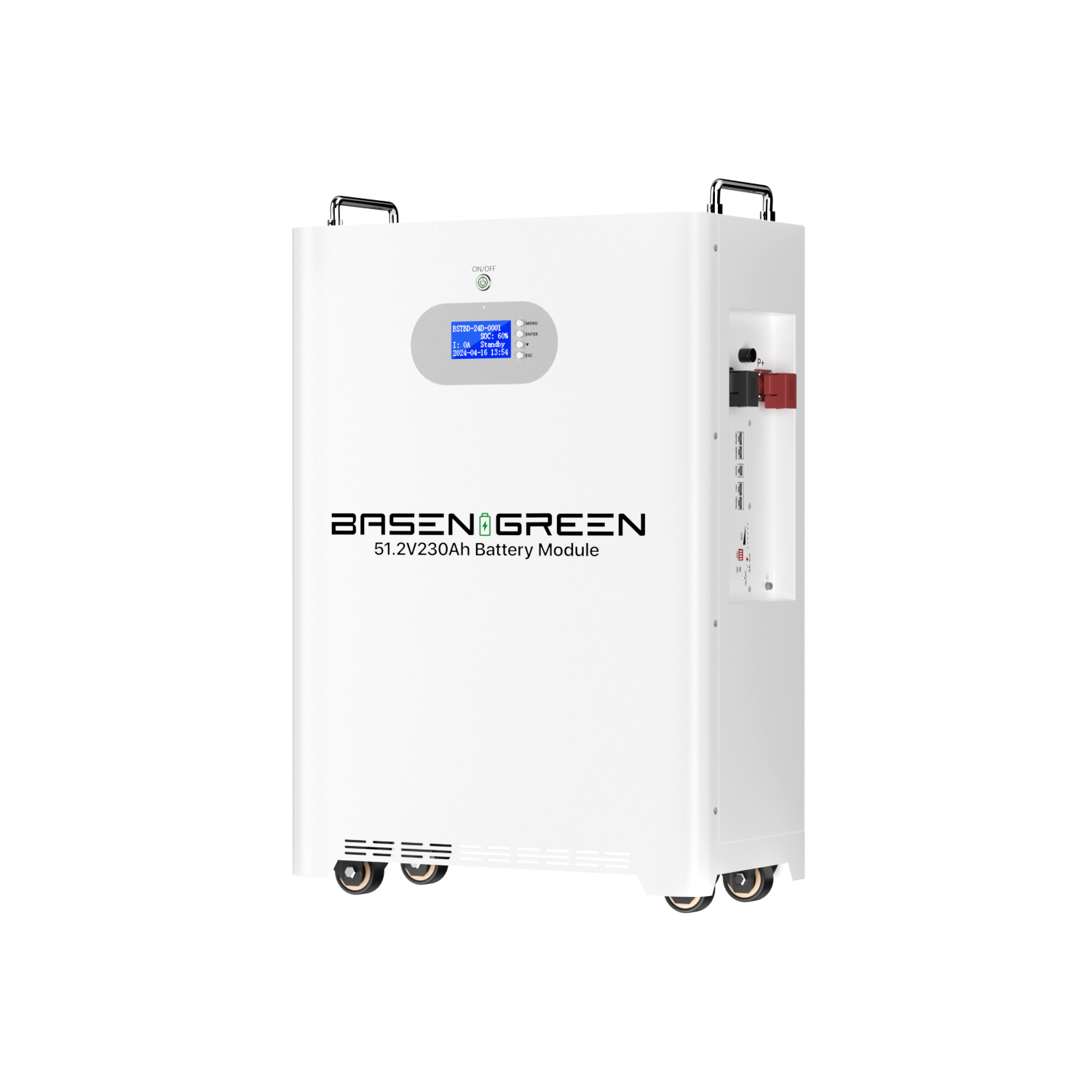
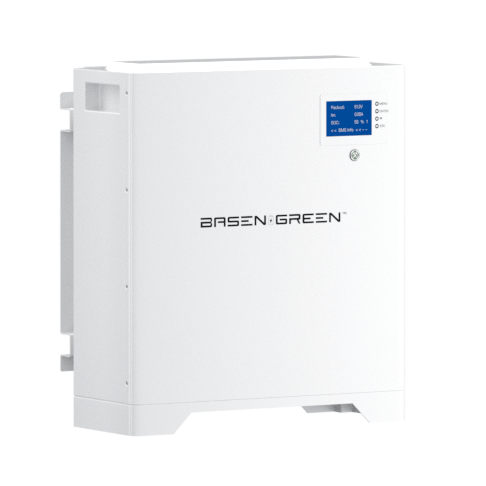
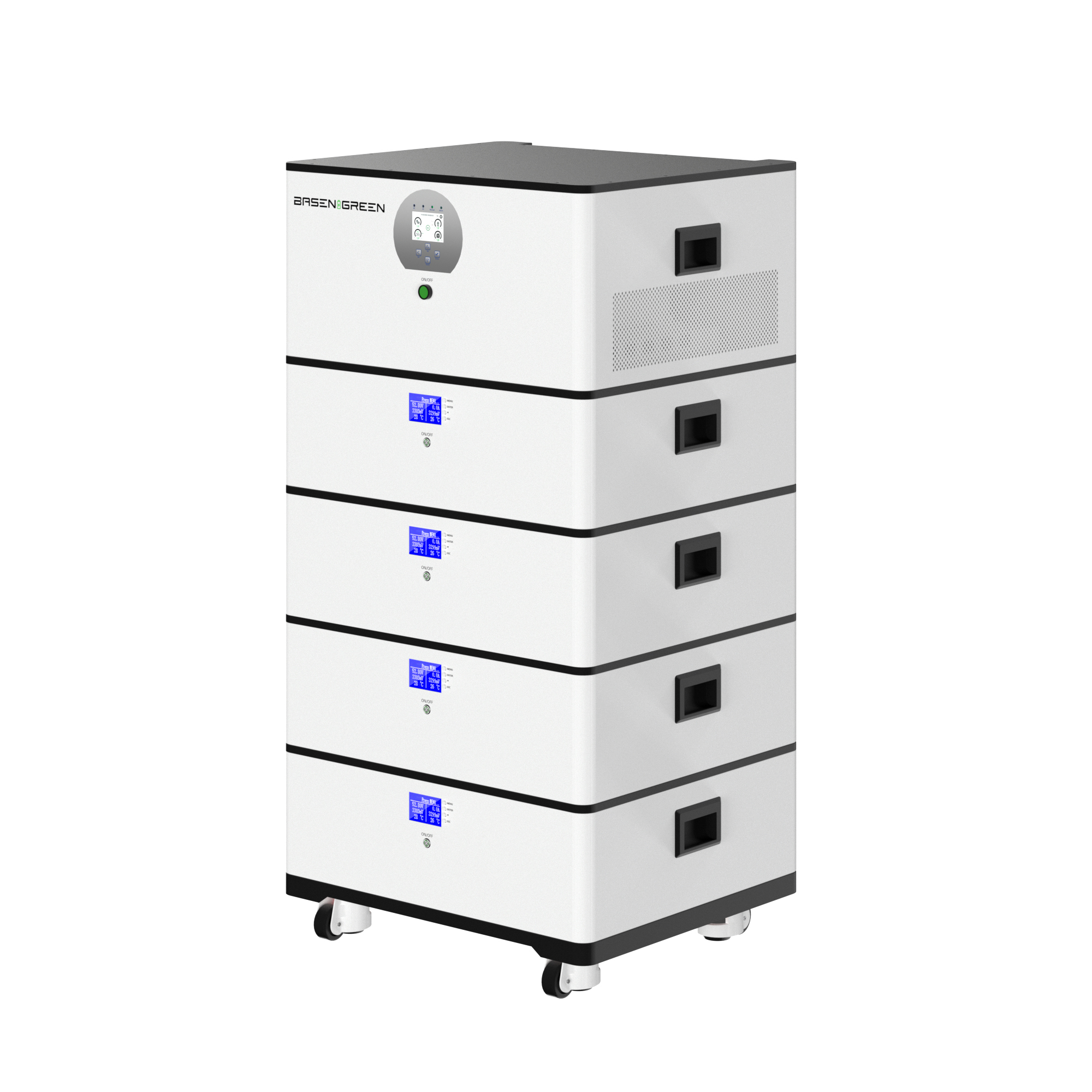

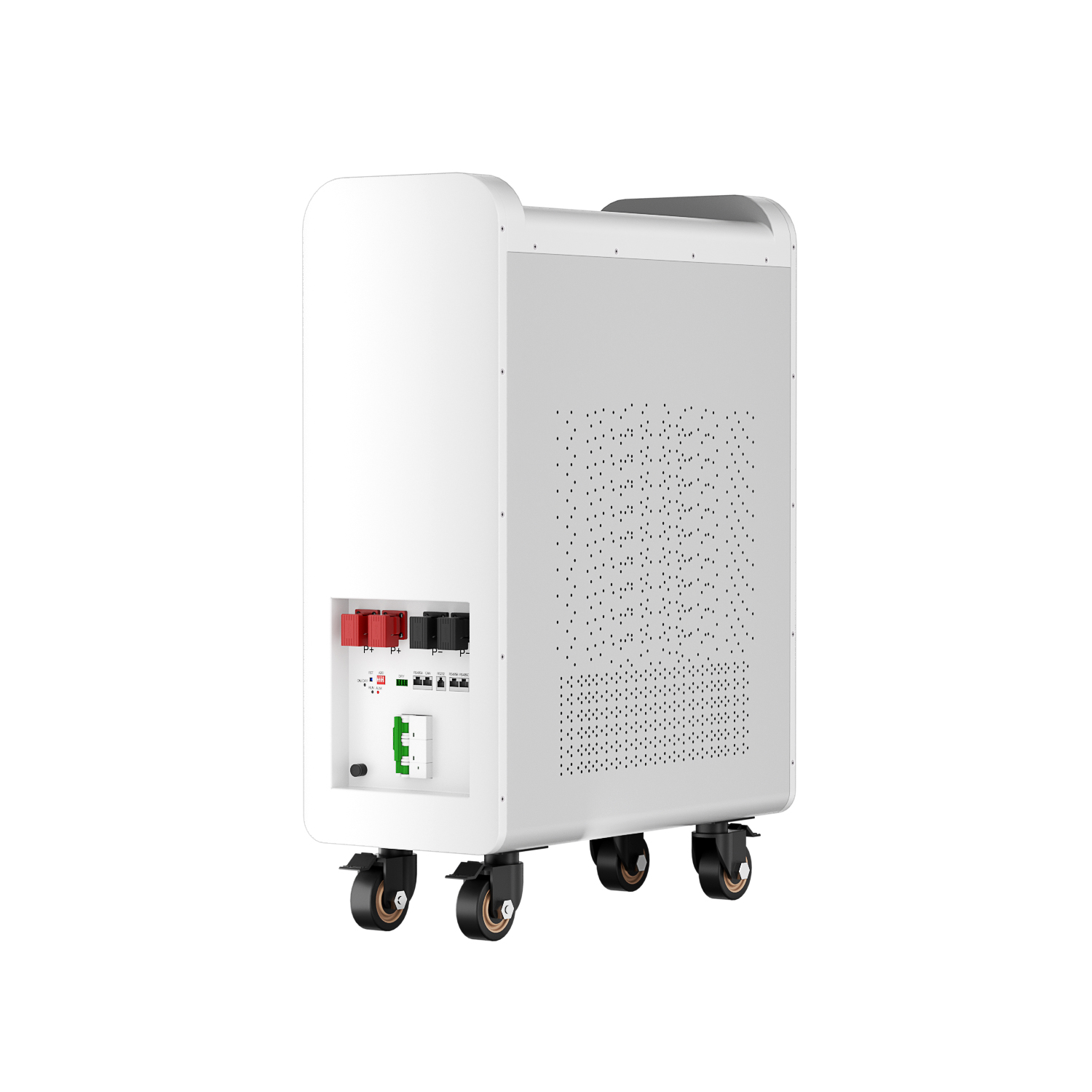
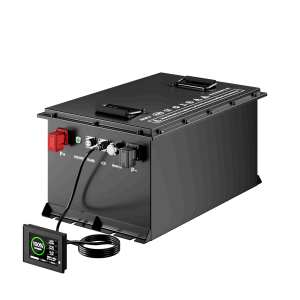
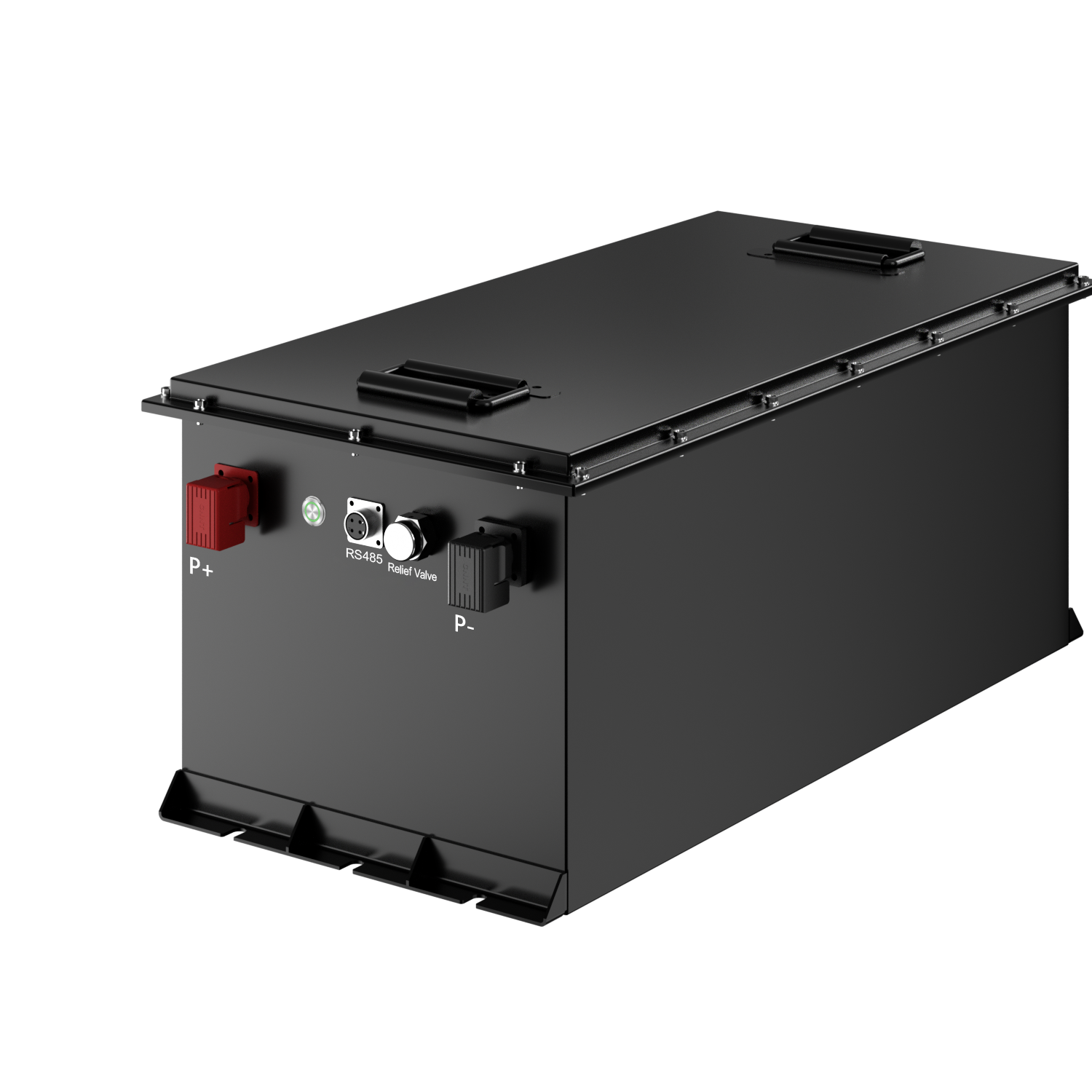
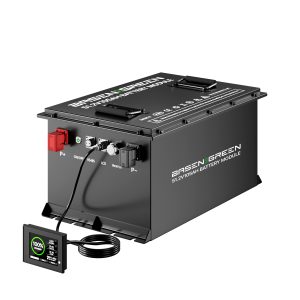
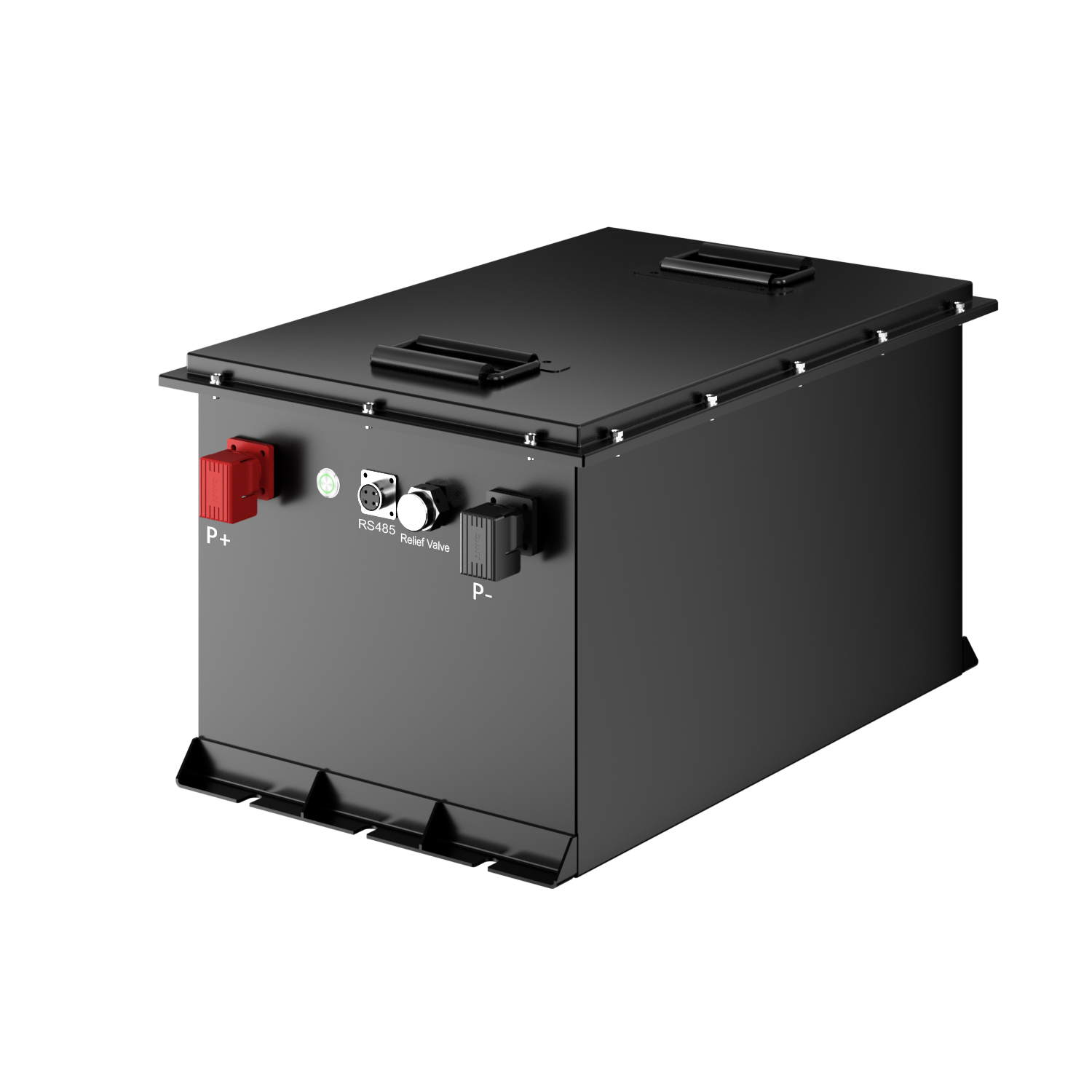
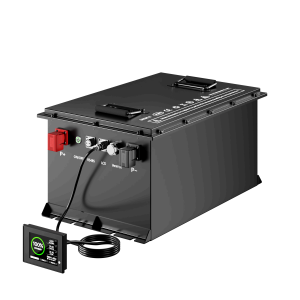
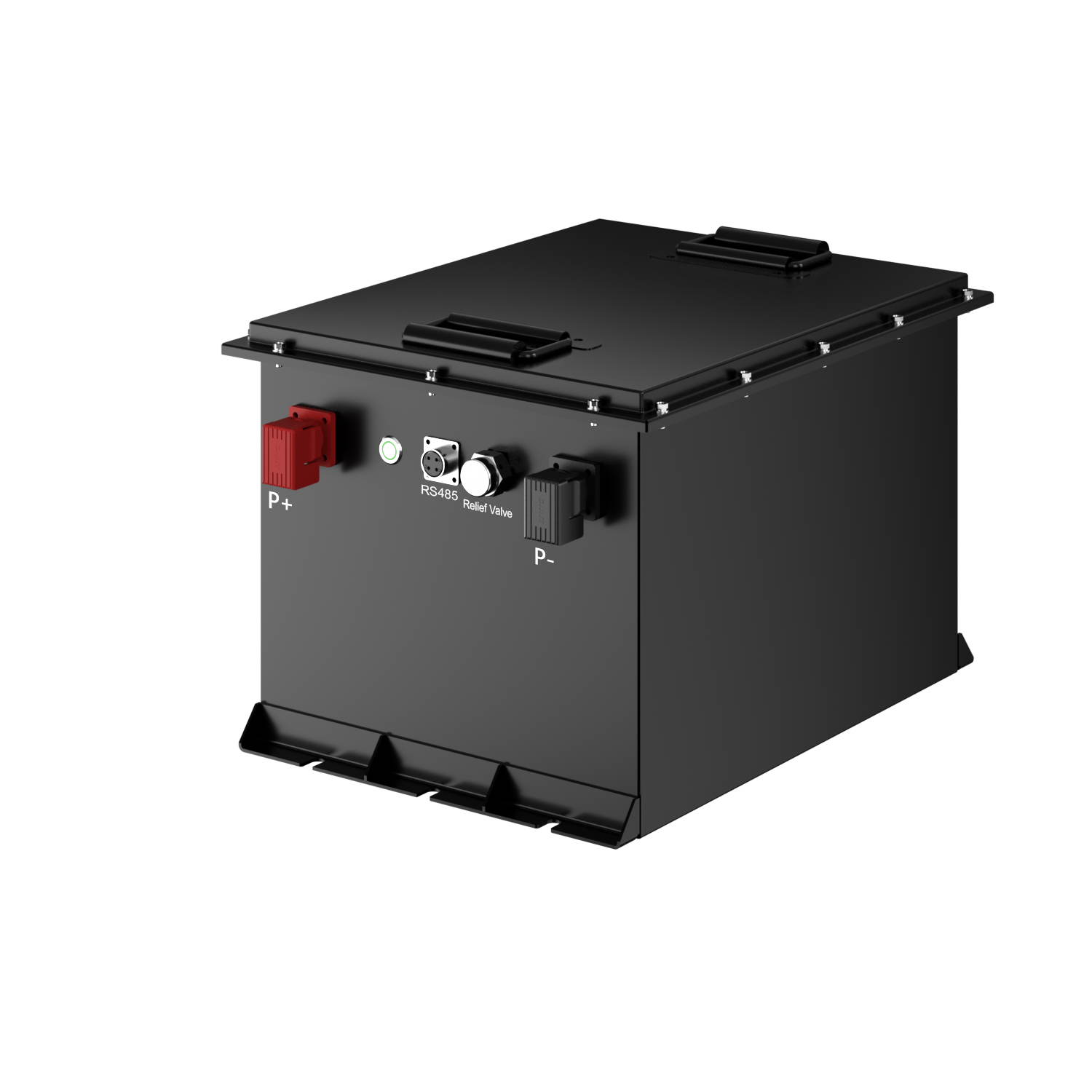
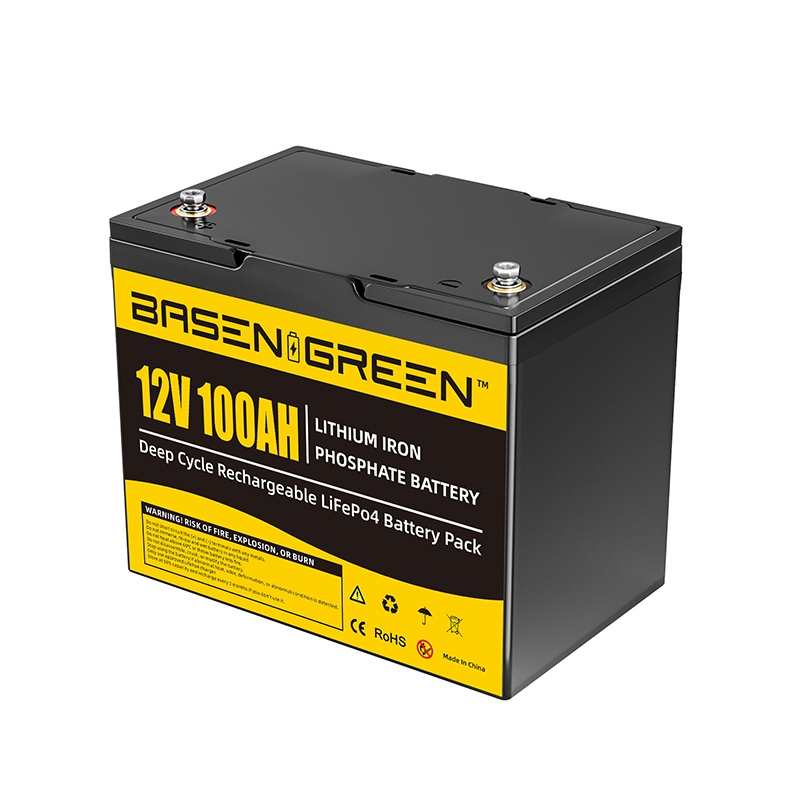

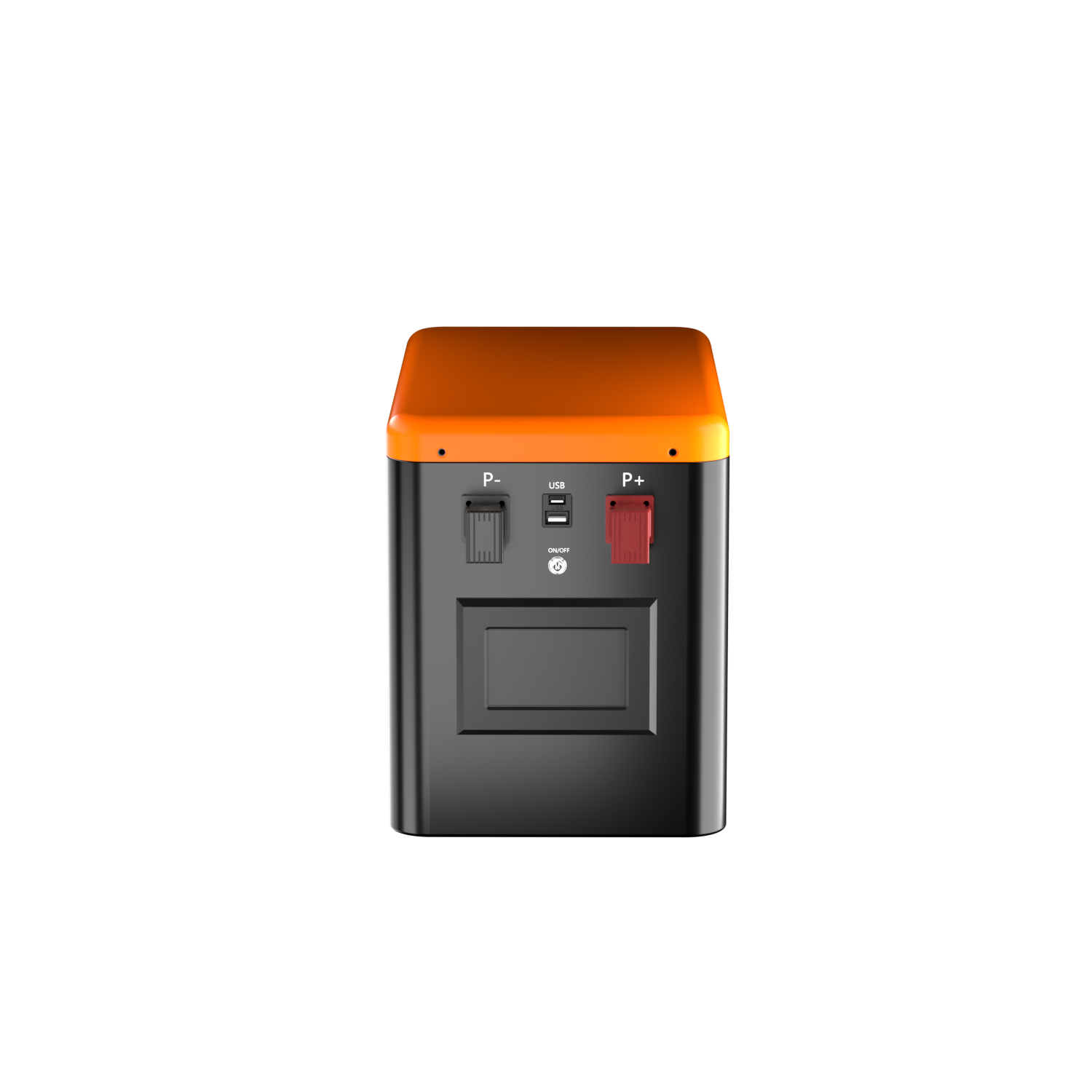
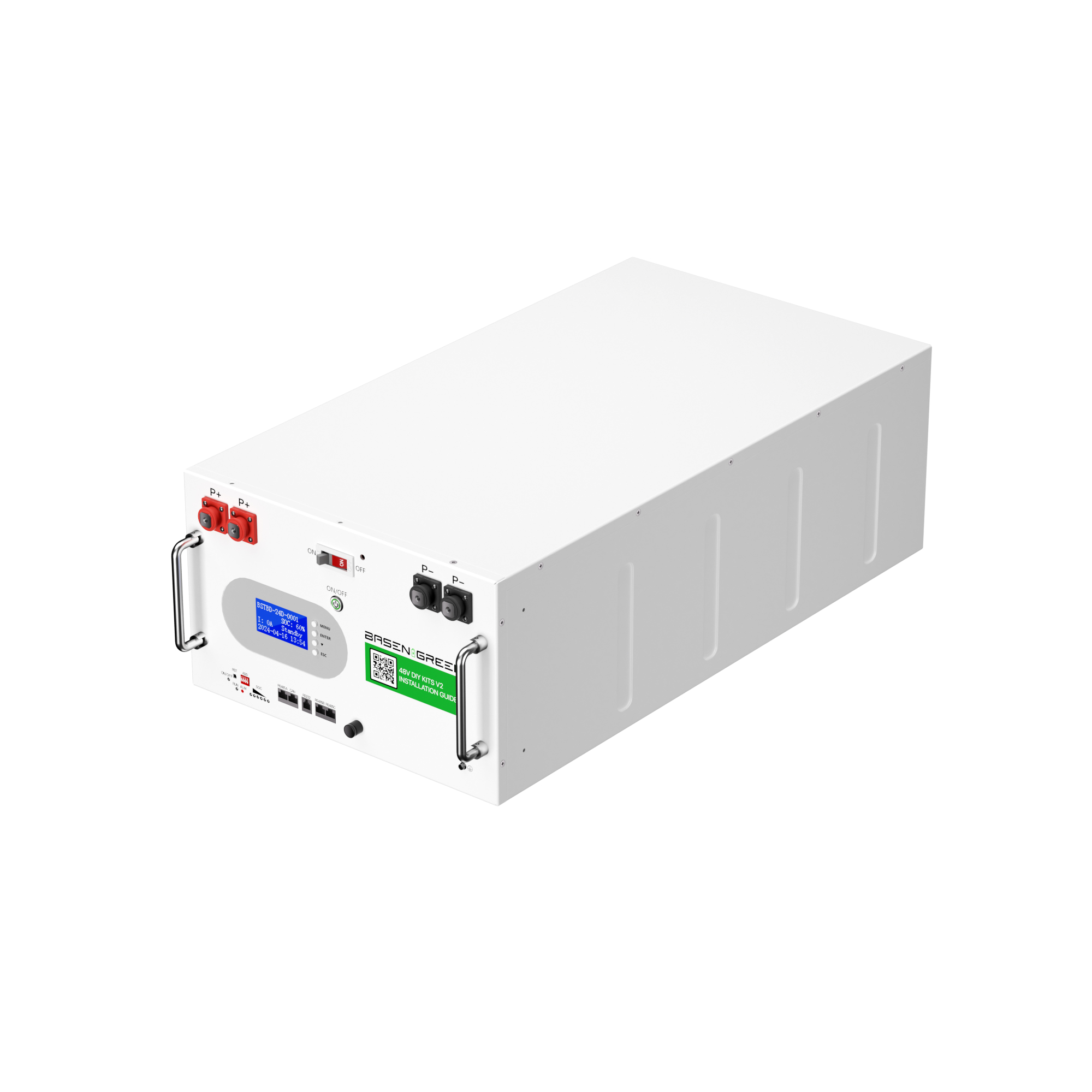
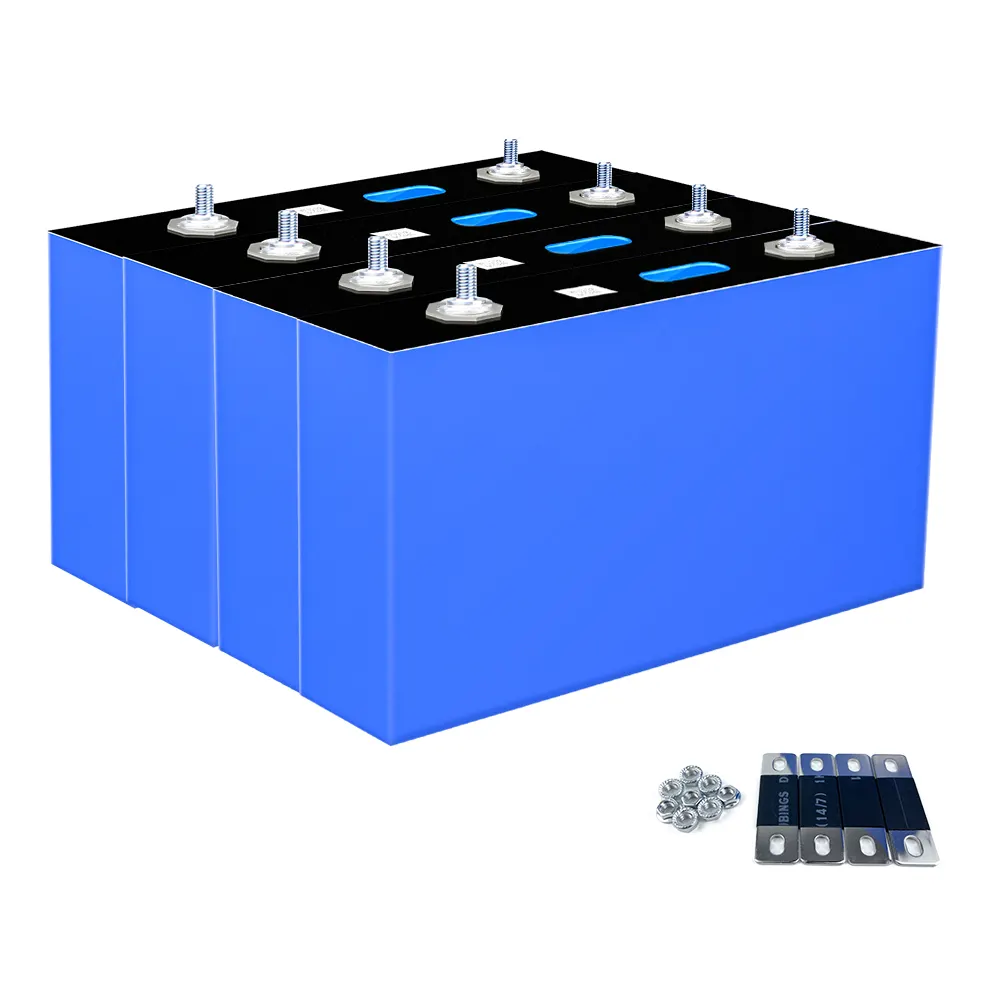
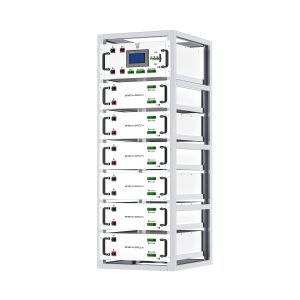
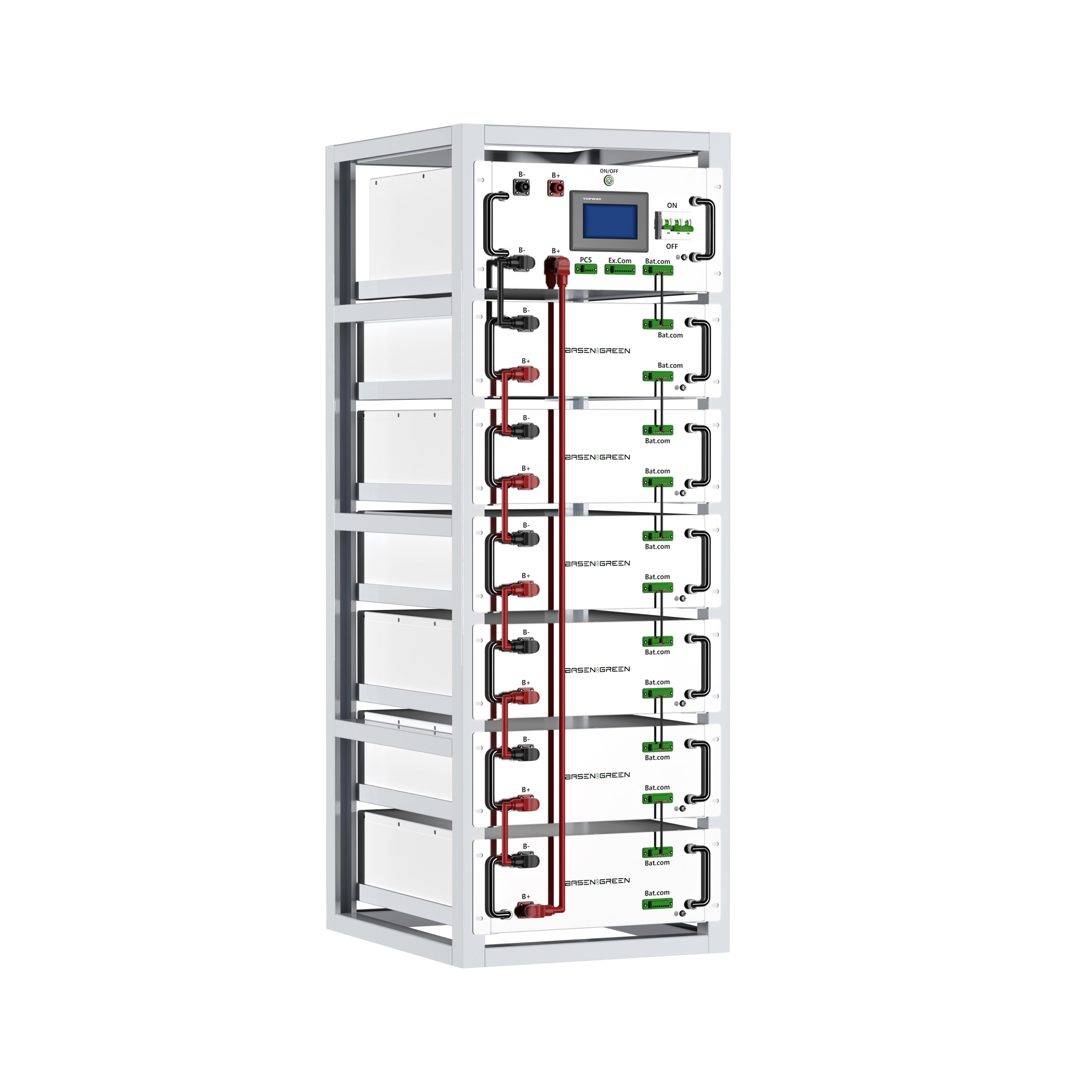
.png)